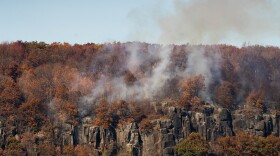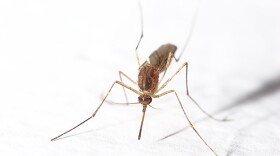The world’s largest meat and dairy companies are responsible for emitting more methane than all the countries in the EU and the UK combined. The biggest meat company in the world, the Brazilian company JBS, accounts for nearly a quarter of the industry’s emissions and is more than the methane emissions from ExxonMobil and Shell combined.
Livestock – primarily beef and dairy cattle – account for about one-third of global emissions of methane. However, unlike energy companies, beef and dairy companies are not required to report their greenhouse gas emissions. A recent study by four environmental advocacy groups and the nonprofit research firm Profundo looked at 45 major livestock and dairy companies and found that they generated about one billion tons of greenhouse gas emissions in 2023. This is roughly the same amount reported for Saudi Arabia.
The issue has not received the attention it deserves. Only a handful of countries have set emissions targets for livestock and none of them are major global players.
The largest source of methane emissions from livestock are enteric emissions – basically cow burps. There are ways to reduce their impact. A lot of progress has been made with feed additives that minimize emissions. But there are also substantial methane emissions associated with manure but, once again, there are ways to reduce those emissions as well. All of these approaches require resources and as long as there are no regulations or even visibility associated with the issue, the industry is unlikely to expend those resources.







